The history of the company Meizu
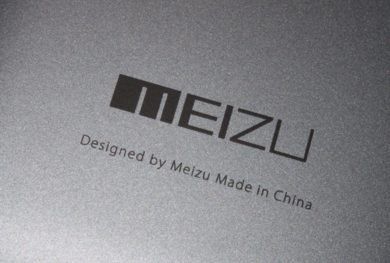 The company's history begins in 1998 with a man named Huang Xiuzhang, who is very keen on new gadgets and electronics. He bought new devices on the Internet and introduced new technologies at home. After that, he shared his impressions on the Internet under the pseudonym Jack Wong and expressed his new ideas and opinions. One day, the creator of a future successful company decided to listen to music, but neither the sound quality nor the design of the device was suitable for him, and Huang Xiuzhang decided to create his own MP3 player. This can be considered the moment of foundation of the company.
The company's history begins in 1998 with a man named Huang Xiuzhang, who is very keen on new gadgets and electronics. He bought new devices on the Internet and introduced new technologies at home. After that, he shared his impressions on the Internet under the pseudonym Jack Wong and expressed his new ideas and opinions. One day, the creator of a future successful company decided to listen to music, but neither the sound quality nor the design of the device was suitable for him, and Huang Xiuzhang decided to create his own MP3 player. This can be considered the moment of foundation of the company.2003
In 2003, she released her first music player, Meizu MX. It was equipped with a 512 MB memory and was a 100% copy of the player from the South Korean company Cowon - iAudio CW300. But it caused numerous accusations of plagiarism, which led the company to start work on developing its own design.

')
2004
After reviewing its policy, the company began to produce original design players. The first of these was Meizu ME, it had control from dzhostik and was powered by AAA finger batteries. Thanks to him, the company began to learn among the masses of other devices, which positively influenced its future success.
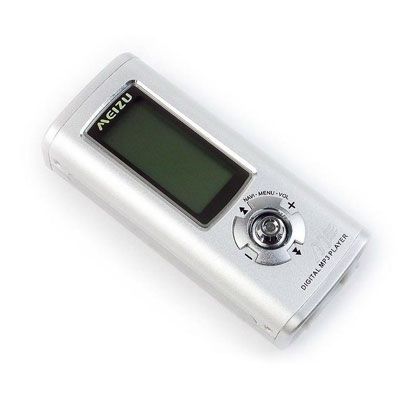
2005
In 2005, the company changed its logo to a new one that is still in use.
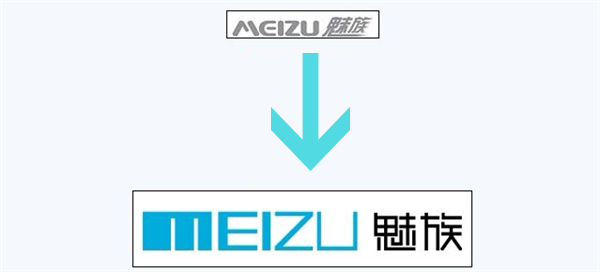
And also for the year released 8 players, the main chip of which was a joystick, convenient for switching. Like Meizu ME, they were made in the original design, improving and becoming more concise in use. One of them is Meizu E3, which reasonably found love among the listeners and became the most popular product in the domestic market at that time. The main success factor was the use of high-quality Philips Nexperia PNX0102 chip.
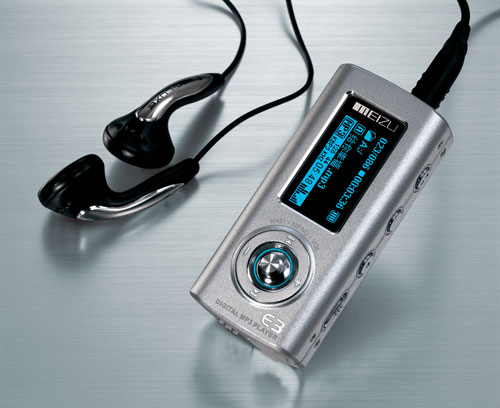
2006
It was released Meizu E3c, not particularly different in design from previous relatives, but enclosed in a seamless seamless metal sheath.
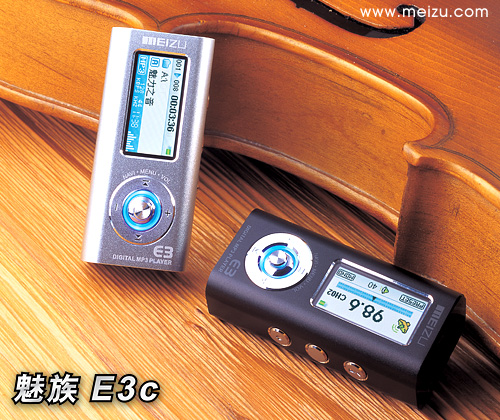
But a breakthrough for the company itself is considered to be the Meizu M6. In addition to playing music, the device could play videos, and also had a gallery for photos that you could upload to it. The Meizu X6 was, like the Meizu E3c, encased in a solid, seamless metal body, but had a touch screen, and was not controlled by a joystick. At that time it was a rather unusual indicator. Also on the player constantly released new firmware, making it more stable.
In Russia, it was sold under other names (Ritmix RF-9200 and Powerman XL850) and was little known. And in his native China, he beat the iPod world-famous in sales.

2009
The first Meizu M8 smartphone was based on the Windows CE 6.0 kernel, with its own applications and an interface that was on par with the processing of the very popular HTC TouchFLO at the time. The design of the phone was reminiscent of Apple's sensational iPhone, which in the future would still be stopped. The whole world has learned about Meizu and its competitive product, and in China the device sold for 50 thousand copies every month.
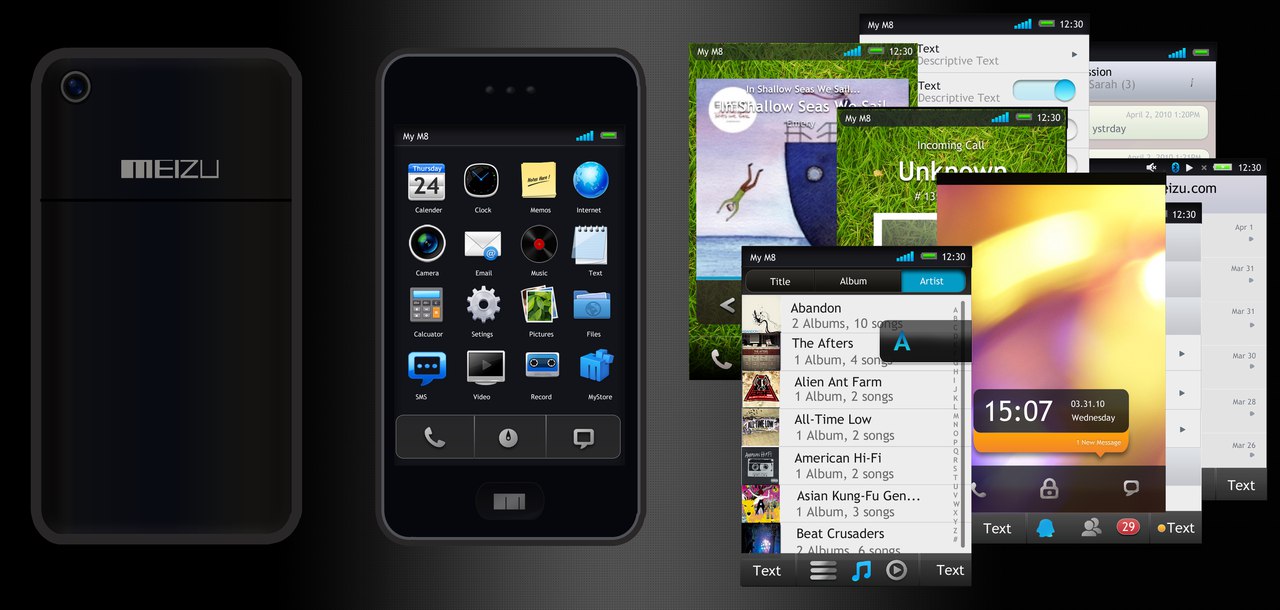
2010
In 2010, Apple still demanded to close the production and implementation of the M8, since the device had too much similarity with the iPhone. Because of what the release of the new Meizu M9 was postponed.
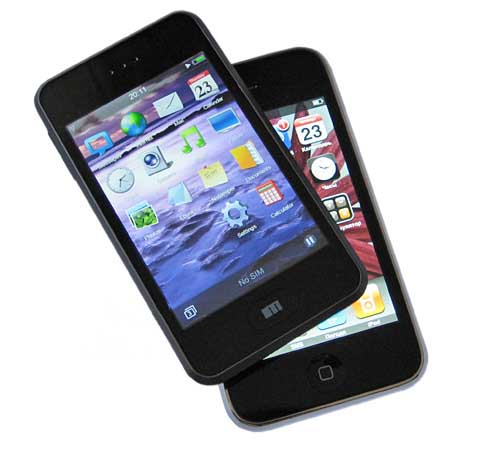
2011
In January 2011, the world saw the long-awaited dot phone Meizu M9, created on the accelerating Android platform, replacing. The key features of this novelty include attention to details, Sharp quality Retina display, with a resolution of 960x640 pixels, good sound due to the presence of stereo speakers, Samsung Hummingbird processor with 1 Ghz frequency and a custom shell, not much like the classic interface at that time Android 2.2 (Froyo ).
The body in appearance still continued to resemble the iPhone, but was made of a more practical matte plastic than the Meizu M8.
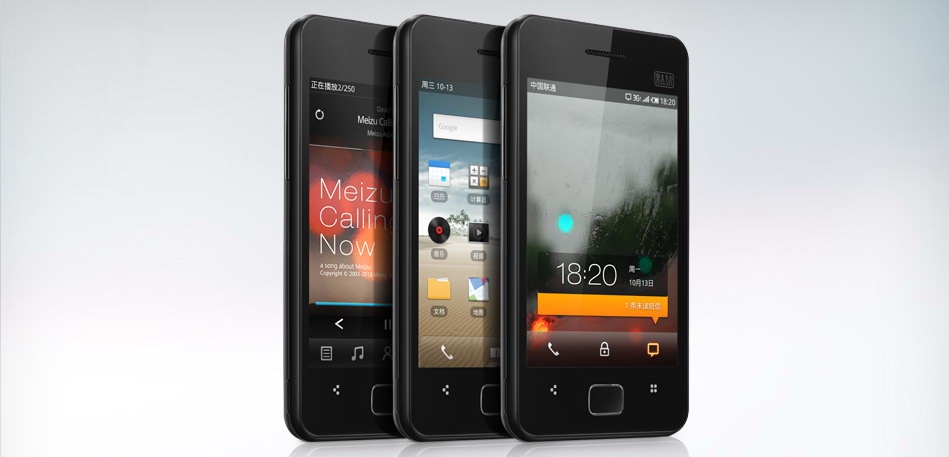
2012
A year later, Meizu MX was released, with a completely redesigned Android, called Flyme OS. The developers made the operating system simple, but at the same time not giving the user much choice, since everything was already decided for you by the Meizu team, it only remained to enjoy the beautiful design and usability.
Equipped with a Meizu MX, a Sharp display with an ASV matrix, an 8 MP camera, and worked on a Samsung Exynos 4210 dual-core processor with a frequency of 1,400 MHz, one of the most productive for that time.
The model has become very successful and is widely known outside of China. It attracted the attention of the largest resources devoted to mobile technology, such as Engadget, Gsmarena, Phonearena, Slashgear, etc.
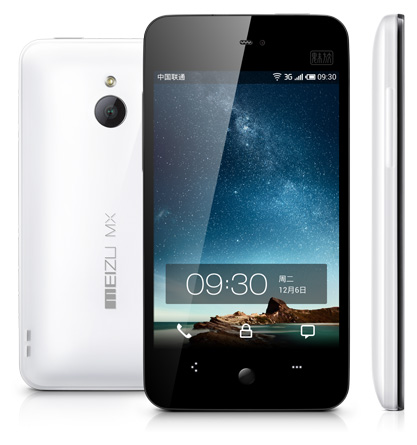
Some time later, the sale went Meizu MX 4-core - an updated version. Differences consisted in a faster quad-core Samsung Exynos 4212 processor with a frequency of 1500 MHz and a large memory and battery.
In November 2012, the Meizu MX2 was introduced with the Wolfson audio chip. The difference from the MX was a slightly improved design, an increase in RAM up to 2 GB, a completely redesigned Flyme OS shell and an increase in display. In the new model, a unique multifunctional touch circle under the display instead of a button was implemented, which was partially copied later by many.
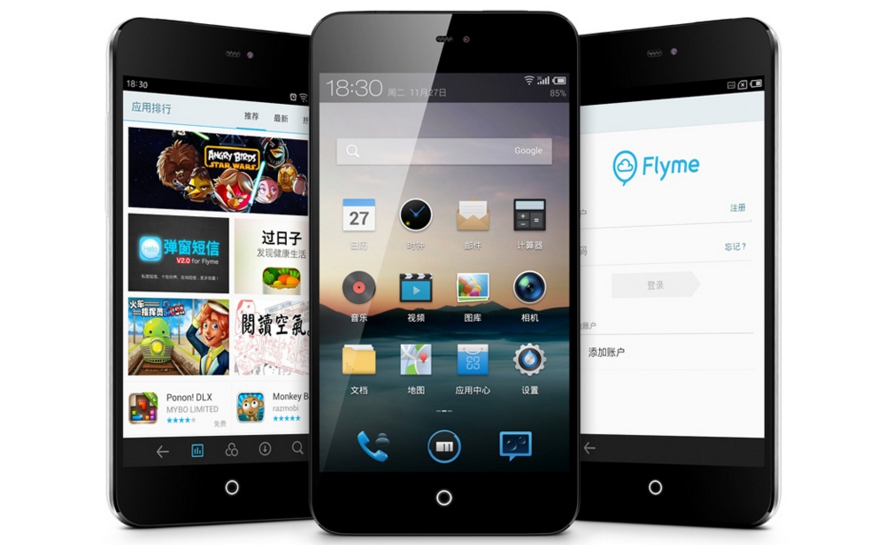
2013
In September 2013, the light saw the flagship Meizu MX3, the logical continuation of the MX2 with a 5.1 inch screen. The company is not easy to increase the diagonal of the display, and made sure that the user can conveniently interact with the smartphone with one hand, reduced the frame and indents, optimized Flyme OS. The company also focused on the sound in the headphones, setting the bar for its competitors. The filling was 2 GB of RAM, a Samsung 5410 Octa 1600 MHz processor, and a graphics accelerator PowerVR SGX544. On sale Meizu MX3 came with four values of internal memory: 16, 32, 64 and 128 GB.

2014
In order to increase the number of applications released, Meizu said it would give 100% of the profits from their implementation to the developers. These actions spurred millions of mobile application developers to create more and more new products.
September 2, 2014 was marked by the release of the Meizu MX4. The device case was made of aircraft aluminum 6061 T6, the company also used a new assembly technology and created a thin cushion layer between the display itself and the 0.3 mm Gorilla Glass 3 protective glass. Screen size Meizu MX4 was 5.36 inches. The developers gave the device an eight-core MediaTek MT6595 processor (4 A17 cores at 2.2 GHz + 4 A7 cores at 1.7 GHz; the cores can work simultaneously) and 2 GB of RAM. Also MX4 is equipped with a non-removable 3100 mAh battery.
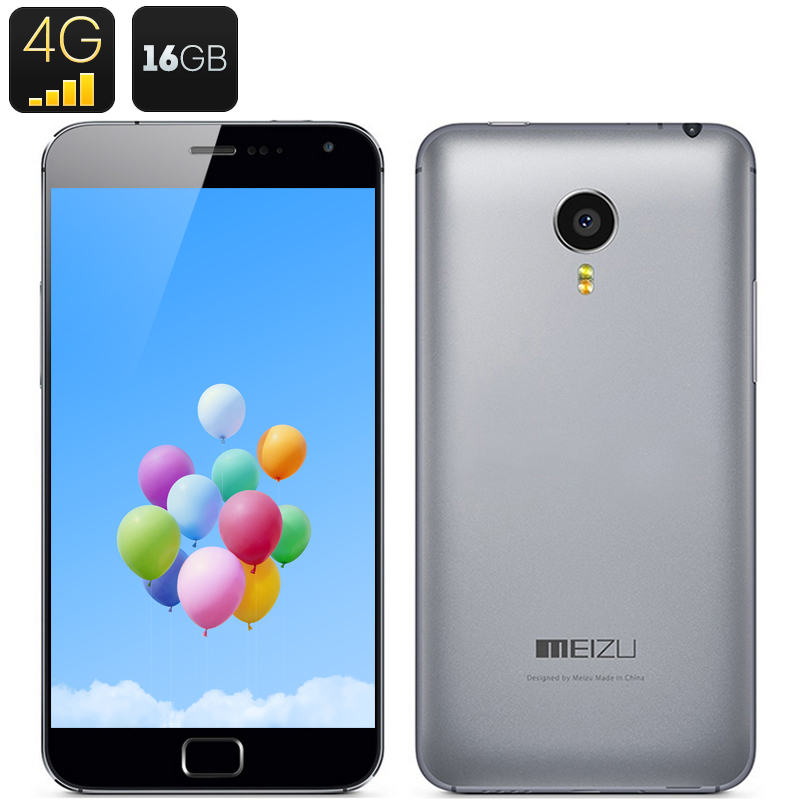
November 19, 2014 released an improved version of the Meizu MX4 Pro ( * ). The differences were in larger dimensions, increased RAM up to 3 GB, replacing the graphics accelerator for more performance. Both versions of the MX4 are available with three internal memory sizes: 16, 32 and 64 GB.
MX4 works on an improved version of Flyme OS 4.0 based on the Android 4.4.4 KitKat operating system. Together with this version of the operating system, the user received 40 TB in the cloud storage from Meizu.
2015
After the success of the MX4 and MX4 Pro, the company launches the Meizu M1 Note and Meizu M1 Mini, which are low-end phones, and by which increases their profits by 45%. The display in the Meizu N1 Note ( * ) is a Sharp newmode 2 5.5-inch IGZO panel with a resolution of 1920 * 1080 pixels, protected by Corning Gorilla Glass 3 with an oleophobic coating. Inside, there is an eight-core mediatek mt6752 1700 MHz processor and 2 GB of RAM, a Mali-T760 mp2 video processor with a frequency of 700 MHz. This device was an excellent example of the balance of price and quality and quickly gained popularity among buyers and the media.
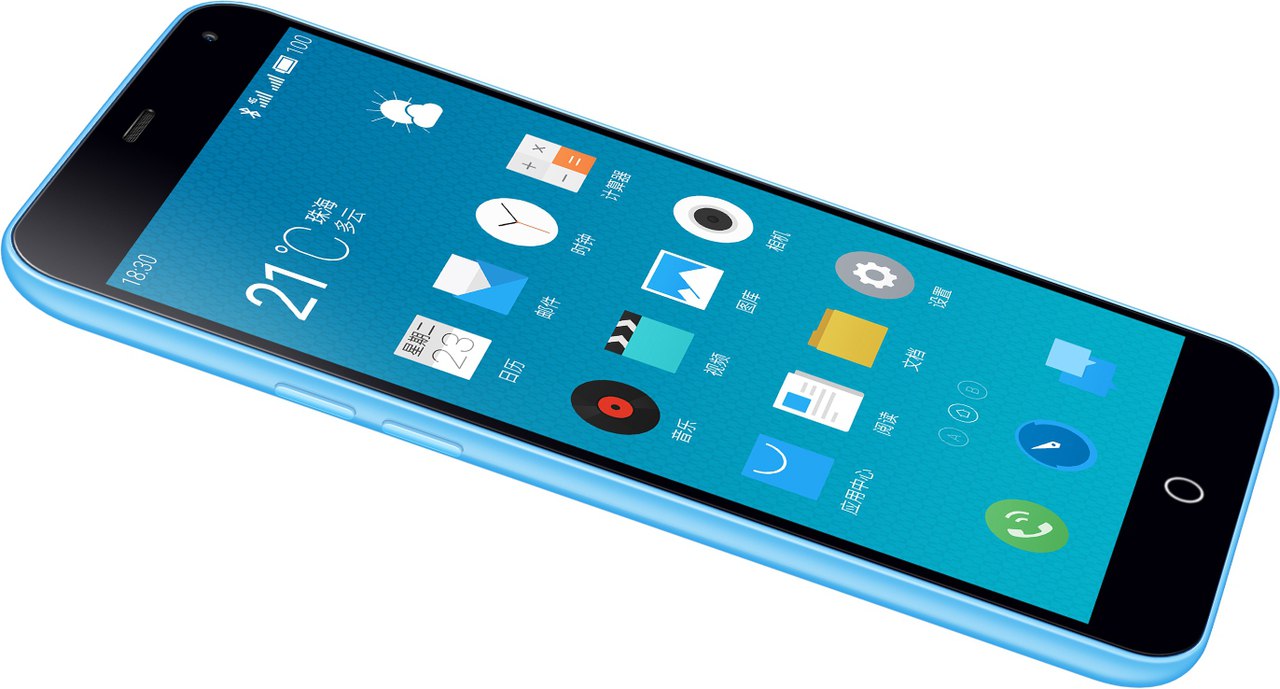
In June 2015, a sequel to the Meizu M1 Note was released under the name Meizu M2 Note ( * ). In the new smartphone, all characteristics were reduced by replacing the processor with a decrease in the clock frequency, as well as replacing the video processor with a weaker one. All this led to a decrease in battery consumption, which made it possible to work without recharging for up to 2 days, and reducing the selling price relative to its predecessor from $ 200 to $ 170. Thanks to these changes, the Meizu M2 Note became a sales hit in 2015.
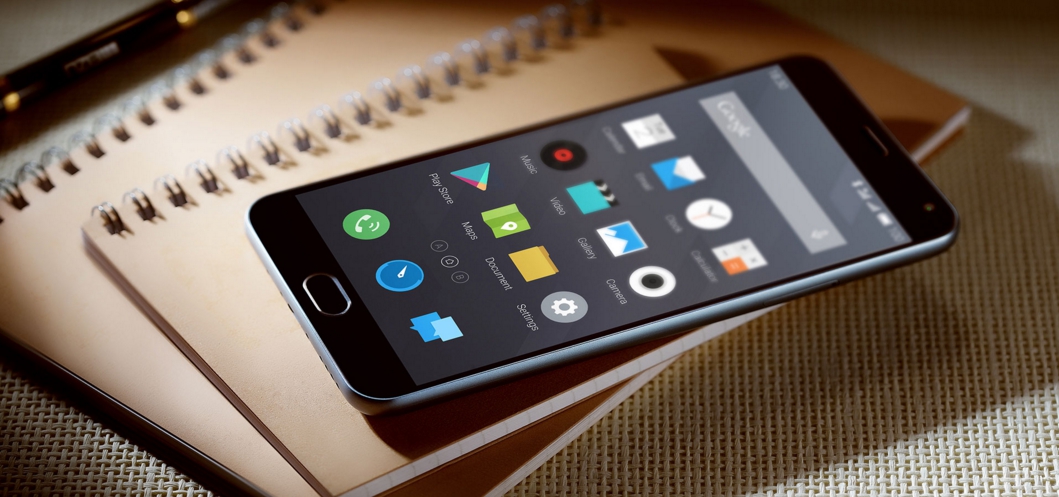
June 30, 2015 the world saw the Meizu MX5 ( * ). The device practically did not differ from its predecessors, the fingerprint scanner on the Home button was the main chip. Also, the LCD display was replaced with the Samsung AMOLED screen with a 16: 9 aspect ratio, like all phones of this class. The superiority of the new screen lies in a lower power consumption of 45%. Launched MX5 MediaTek Helio X10 MT6795 processor with eight 2.2-GHz Cortex A53 cores, 3 GB of RAM and a new PowerVR G6200 graphics processor with a clock frequency of 700 megahertz. Comes in three versions: 16 , 32 and 64 GB ( * ) of internal memory.
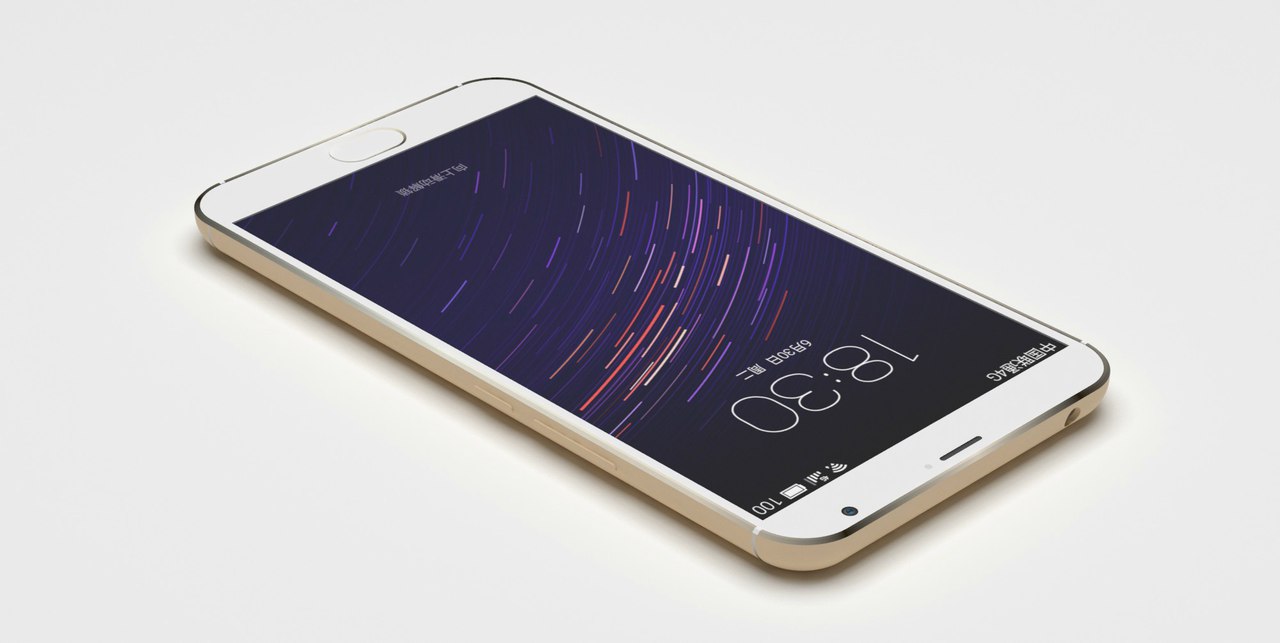
And at the end I want to say that Meizu (Mei is a person in a trend, Zu is a group of people) literally translates as “People in a trend”, so if you want to be in a trend, then this brand is for you.
That's all, with you there was a simple service for choosing sophisticated Dronk.Ru equipment. Do not forget to subscribe to our blog and YouTube channel , there will be a lot more interesting.
ps * - links marked with an asterisk referral, so you can save money by returning cashback up to 4%. Read more at Dronk.ru/cashback/ or can get 6.5% by purchasing them through the LetyShops cashback service.
Our other publications:
8 devices for shooting video on a smartphone
Classes of quadcopters - which are and are used for
Video review Walkera Runner 250 - flight over the canyon
Our little joy or budget than to please yourself on February 23?
Xiaomi company. Cheaper without damage to quality is no longer
Chuwi Ilife V5 - a $ 99 robot vacuum cleaner or how to turn daily cleaning into entertainment
NEJE engraver laser overview or promising business model

Source: https://habr.com/ru/post/371671/
All Articles